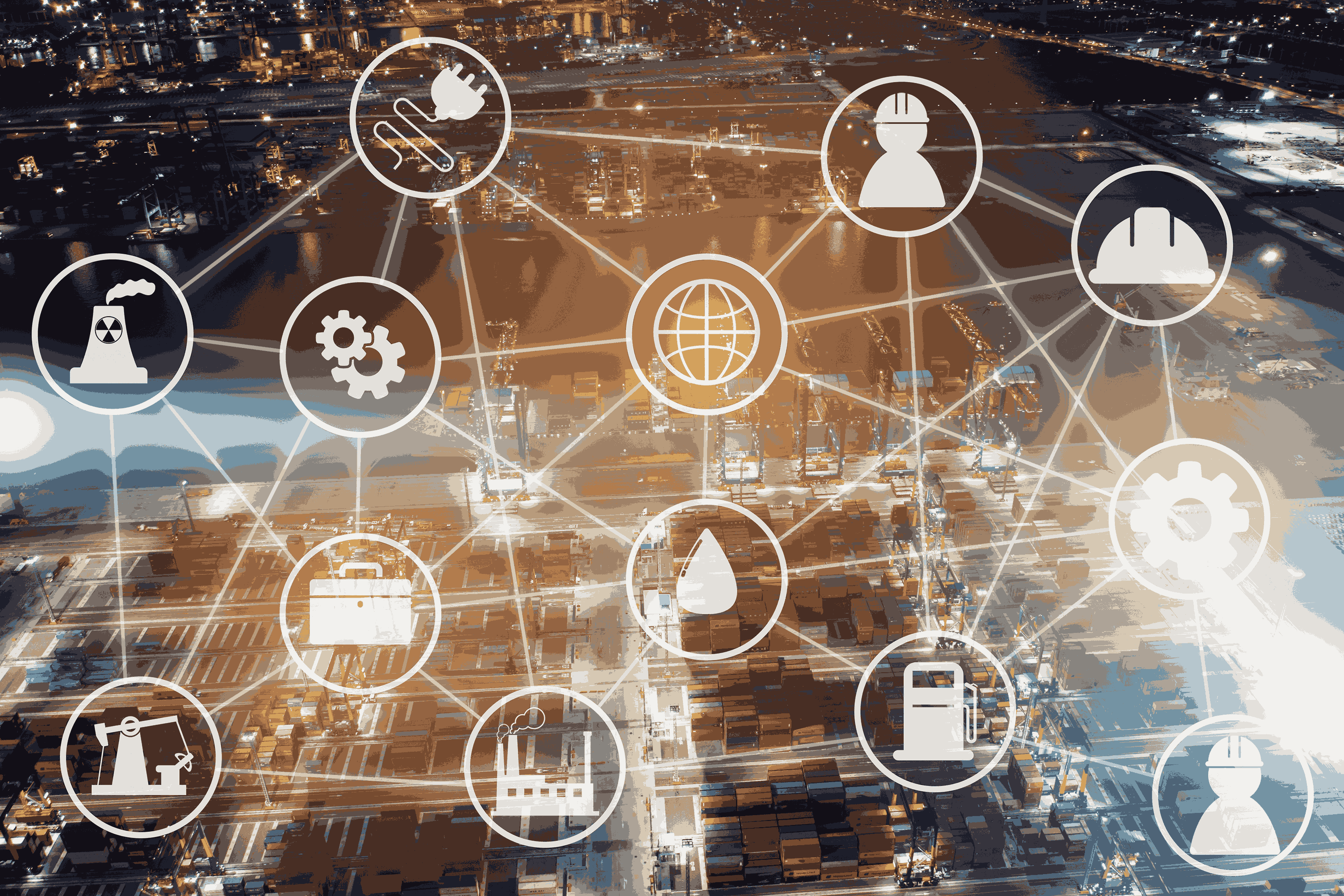08 July 2025
Internet Speed Projection in Indonesia Over the Next Five Years: Toward Faster and Fairer Connectivity
The internet has become the backbone of modern life—from communication and education to entertainment and commerce. Over the past few years, Indonesia has shown steady improvement in internet speed. However, challenges such as uneven access and inconsistent quality still need to be addressed.
So, what can we expect from internet speeds in Indonesia over the next five years? What changes are likely, and what should we prepare for?
1. Consistent Increase in Speed
According to global trends, internet speeds in Indonesia have been on the rise year after year. The expansion of fiber optic infrastructure, national backbone capacity upgrades, and the adoption of 5G technology are expected to drive significant progress in connection speeds.
In the next five years, the average download speed is projected to reach:
200–300 Mbps for fixed broadband connections
100–150 Mbps for mobile broadband connections
These improvements will depend on how quickly internet service providers (ISPs) can upgrade and expand their networks, particularly outside of Java.
2. Expansion of 5G and Emerging Network Technologies
Currently limited to major cities, 5G implementation is expected to become more widespread over the next few years. This technology offers ultra-low latency, much higher speeds, and greater capacity to handle more connected devices simultaneously.
In addition, technologies like Wi-Fi 6/6E and low Earth orbit (LEO) satellite networks will enhance connectivity, especially in remote areas where terrestrial infrastructure is difficult to deploy.
3. Emphasis on Equal Access
The government and private sector are likely to focus more on ensuring equal access to quality internet, not just in urban areas but also in Indonesia’s frontier, outermost, and disadvantaged regions (3T).
Programs such as Palapa Ring, the development of base transceiver stations (BTS) in remote regions, and collaborations with satellite providers will continue to support the goal of digital equity.
4. Increasing Demand for Bandwidth
Data consumption will continue to surge. Activities such as high-definition video streaming, cloud gaming, virtual meetings, and the Internet of Things (IoT) will become part of daily life.
As a result, the focus will not only be on speed, but also on stability and bandwidth capacity. Fast internet is not enough—it must also be consistent and able to handle peak usage.
5. Challenges Ahead: Infrastructure and Regulation
Despite promising prospects, several challenges remain:
High infrastructure investment costs in rural and remote areas
Limited frequency spectrum allocation for 5G deployment
A digital divide in terms of user literacy and device readiness
Nonetheless, with the government’s strong commitment to digital transformation and increasing private sector involvement, these obstacles are expected to be gradually overcome.
In the next five years, Indonesia's internet speed will significantly improve—becoming faster, more stable, and more inclusive. The expansion of 5G, continuous infrastructure development, and supportive policies will play vital roles in this acceleration.
However, digital transformation is not just about speed. Equal access, digital literacy, and sustainable infrastructure will also determine whether connectivity truly benefits the nation as a whole.
Is this information helpful?
